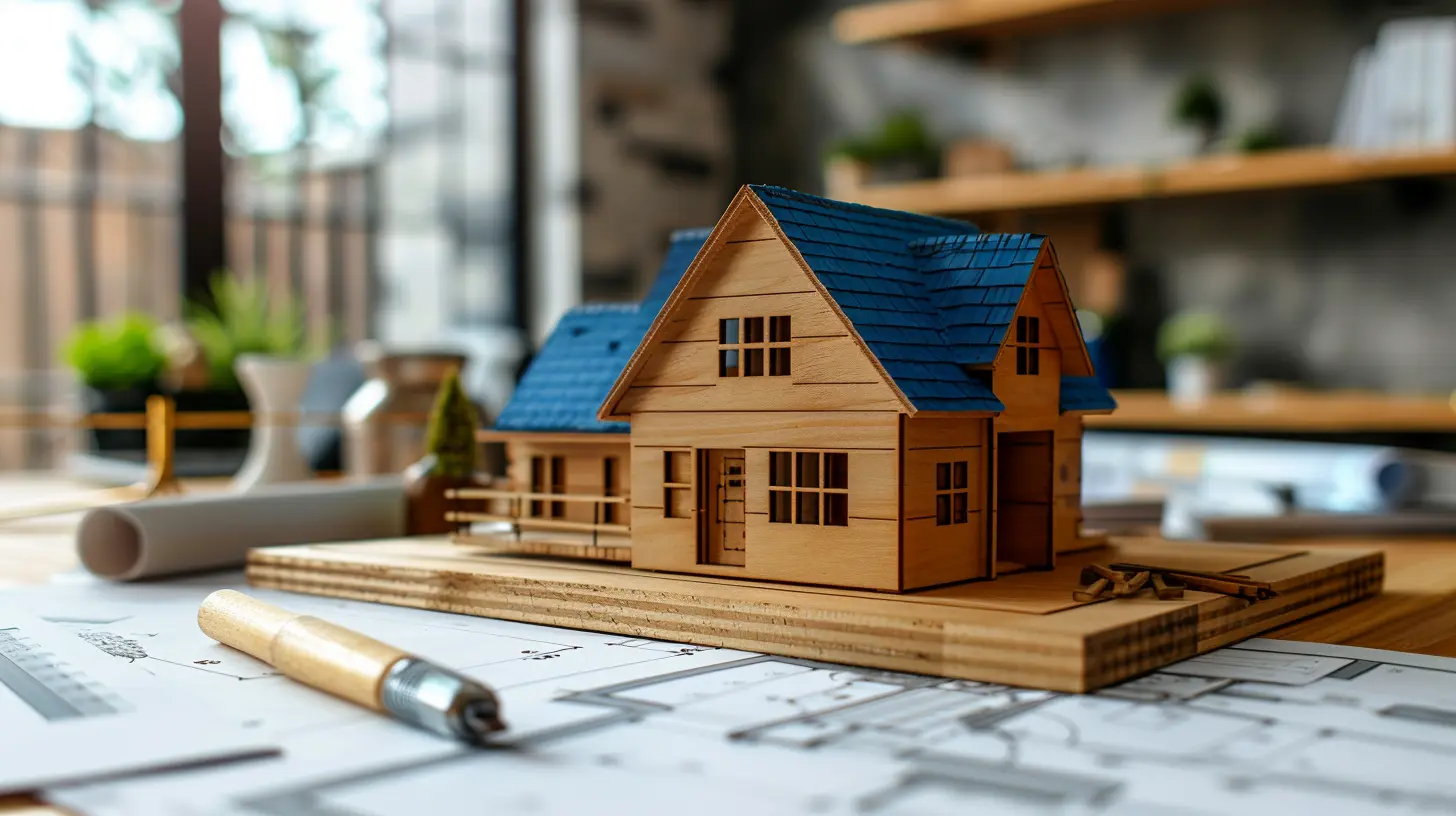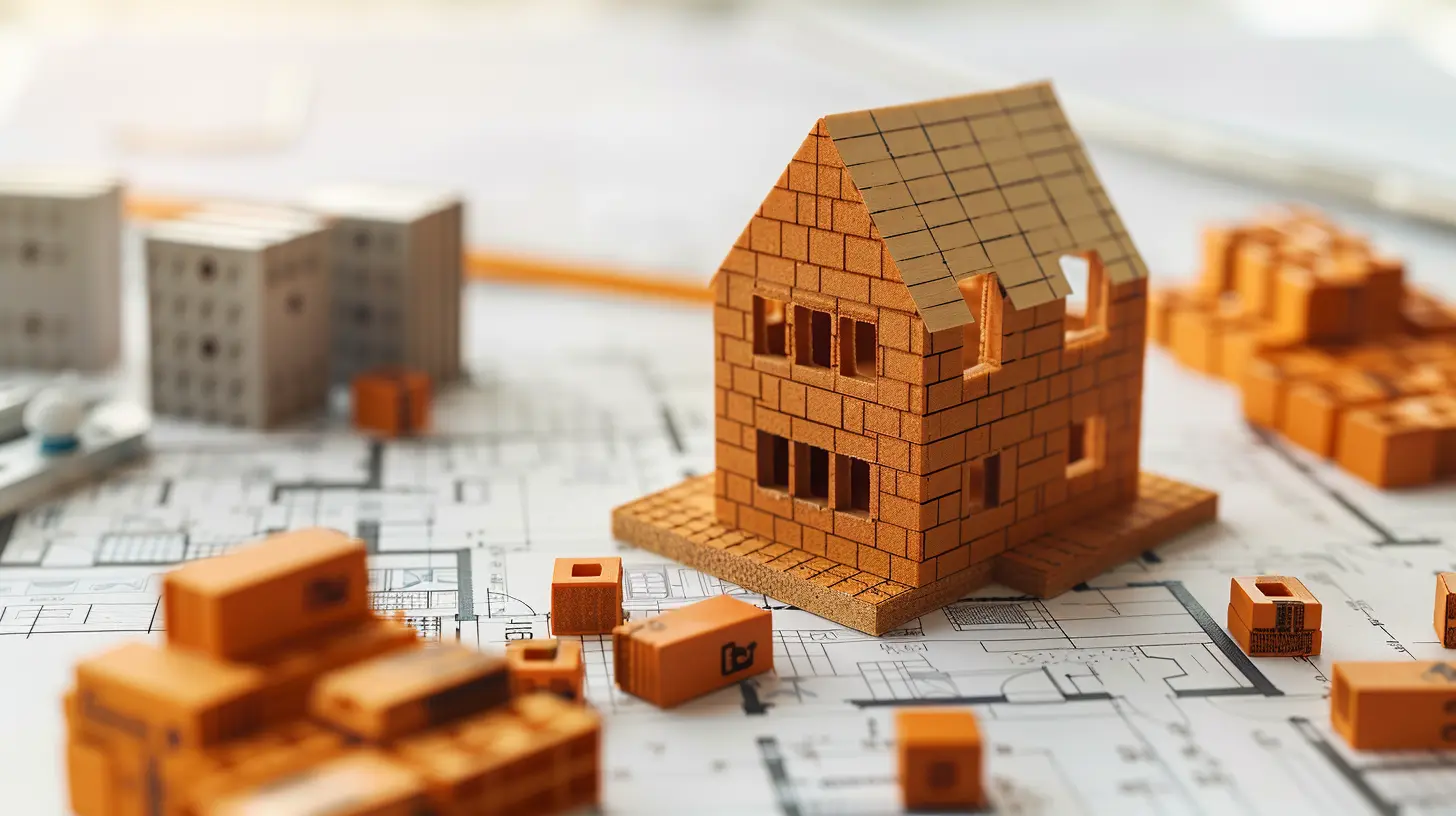23 April 2025
Renovating your home is an exciting journey—it’s a chance to bring fresh energy into your space, improve functionality, and maybe even boost your property value. But before you start swinging a sledgehammer, there’s a lot of planning and paperwork to tackle. Proper preparation is the key to a smooth renovation process, and that’s exactly what we’re diving into today.

Why Proper Renovation Planning Is Essential
Diving into a home renovation without a solid plan is like setting off on a road trip without a map. Sure, you might eventually get where you want to go, but you’re bound to hit some unnecessary detours along the way.A well-thought-out renovation plan helps you:
- Stay within budget
- Avoid unnecessary delays
- Ensure the final result matches your vision
- Prevent costly mistakes
- Comply with legal requirements (permits, zoning laws, etc.)
By taking the time to plan now, you’ll save yourself plenty of stress later.

Step 1: Define Your Renovation Goals
Before you start tearing down walls or picking out paint colors, take a step back and define your renovation goals. Ask yourself:- What’s the purpose of this renovation? (More space, better functionality, modern updates, etc.)
- What are my must-haves vs. nice-to-haves?
- What’s my budget?
Having clear answers to these questions will guide every decision you make moving forward.

Step 2: Set a Realistic Budget
Let’s be honest—renovations can get expensive fast. That’s why setting a realistic budget is non-negotiable. Break down your budget into categories:- Materials – Flooring, fixtures, paint, cabinetry, and more
- Labor – Contractor fees, permits, specialty work (plumbing, electrical, etc.)
- Unexpected Costs – A safety buffer (typically 10-20% of your budget) for surprises
You might think you won’t run into unexpected expenses, but trust me—once walls come down, anything can happen. Being financially prepared keeps your project from turning into a nightmare.

Step 3: Research Construction and Zoning Laws
Not all renovations are created equal—some projects require official approval from your local government. The last thing you want is to complete a beautiful remodel only to face hefty fines (or be forced to undo the work).Check:
- Zoning laws – To ensure your project aligns with land-use regulations
- Building codes – To meet safety and structural requirements
- Permit requirements – To get official authorization before starting work
Your local municipality’s website is a great place to start, or you could consult a professional to ensure you’re following the rules.
Step 4: Get the Necessary Permits
If your renovation involves major structural changes, plumbing, or electrical work, permits are usually required. Here’s what you need to know:When Do You Need a Permit?
You’ll likely need a permit for:- Structural changes (adding/removing walls)
- Electrical rewiring
- Major plumbing work
- Roof replacements
- Large additions (extra rooms, decks, garages)
You might not need a permit for minor updates like painting, flooring, or simple cabinetry updates.
How to Apply for a Permit
The permit process varies by location, but generally, it involves:1. Submitting a detailed renovation plan to your city’s building department
2. Waiting for approval (which can take days or weeks)
3. Paying the necessary fees (cost varies based on the project scope)
4. Scheduling inspections at different stages of the renovation
Yes, it’s an extra step—but skipping it could mean big trouble down the road.
Step 5: Hire the Right Professionals
Sure, DIY projects can be fun, but for a full home renovation, hiring professionals is often the smarter choice. Finding the right team can make or break your renovation.Who You Might Need:
- Architects – If you’re making major structural changes
- Contractors – To oversee and execute the renovation work
- Interior designers – To help with layouts and aesthetics
- Specialists (plumbers, electricians, etc.) – For specific tasks requiring expertise
How to Choose the Right Team
When hiring professionals:- Check their credentials and experience
- Ask for references and reviews
- Get multiple quotes for comparison
- Ensure they’re licensed and insured
A great team will keep your project on track and help bring your vision to life.
Step 6: Prepare Your Home for the Renovation
Now that the planning, permits, and professionals are sorted, it’s time to prepare your home. Renovations can be messy, inconvenient, and disruptive, so a little prep work goes a long way.Clear Out the Space
If your renovation involves major construction, you’ll need to:- Move furniture and belongings to a safe area
- Protect items with plastic coverings
- Rent a storage unit if necessary
Set Up a Temporary Living Space
If you’re renovating essential areas like the kitchen or bathroom, plan ahead:- Set up a temporary cooking space if your kitchen is being remodeled
- Arrange alternative bathroom options if plumbing work is involved
- Consider staying with family or renting a temporary place if the renovation is extensive
Communicate with Your Neighbors
Renovations can be noisy and disruptive, so giving your neighbors a heads-up is a courteous move. A simple conversation about the project timeline and potential disruptions can keep everyone on friendly terms.Step 7: Plan for Delays and Be Flexible
Even with the best planning, renovations rarely go 100% according to schedule. Materials may be delayed, unexpected repairs might pop up, and weather conditions can slow things down.How to Handle It:
- Accept that delays are part of the process
- Keep communication open with your contractor
- Stay flexible and adjust your timeline if needed
A little patience goes a long way in keeping your sanity intact.
Step 8: Stay Involved Throughout the Process
Handing over the project to professionals doesn’t mean you should disappear. Stay engaged, ask questions, and regularly check on progress. The more involved you are, the better the chances that your vision will be fully realized.Things to Keep an Eye On:
- Are the materials and finishes what you expected?
- Is the work progressing according to schedule?
- Are there any unexpected challenges?
Good communication ensures that you’re happy with the final result.
Step 9: Conduct a Final Walkthrough
Before you sign off on the project, do a final walkthrough with your contractor. Check every detail to ensure the work meets your expectations. Look for any last-minute fixes—once everything is complete, it's much harder to go back and make changes.Questions to Ask During the Walkthrough
- Are all the finishes properly installed?- Are there any visible defects?
- Are all the appliances, fixtures, and outlets working correctly?
- Is the space clean and move-in ready?
If anything needs adjustments, now’s the time to address them.
Conclusion
A full home renovation is a major project, but with the right planning and preparation, it can be an incredibly rewarding experience. From setting a clear budget to securing permits and hiring the right team, every step plays a crucial role in making your dream home a reality.Yes, there will be challenges along the way, but with patience, flexibility, and a solid game plan, your renovation journey can be smooth and successful. So, roll up your sleeves, stay positive, and get ready to transform your space into something truly special!




Elora McGrady
Great insights! Proper planning and understanding permits are crucial. Your tips will truly help homeowners navigate the renovation process confidently.
April 23, 2025 at 1:07 PM